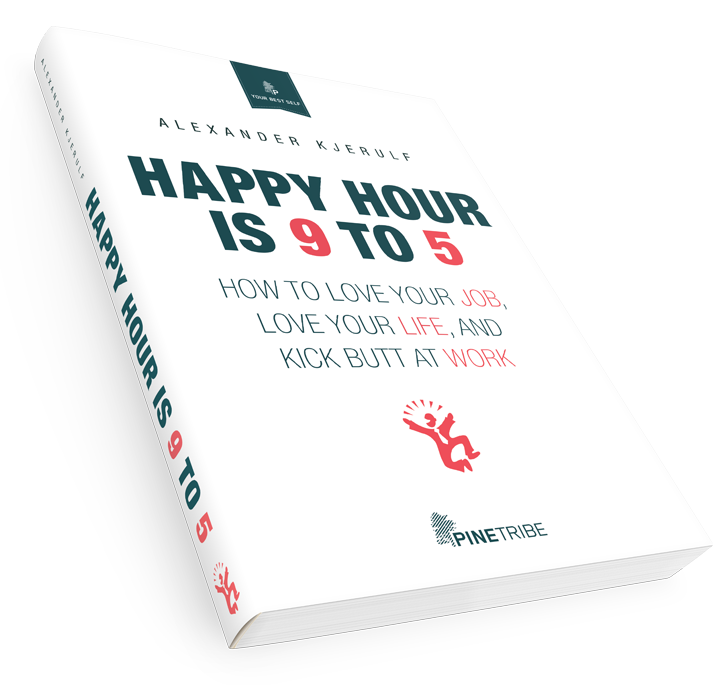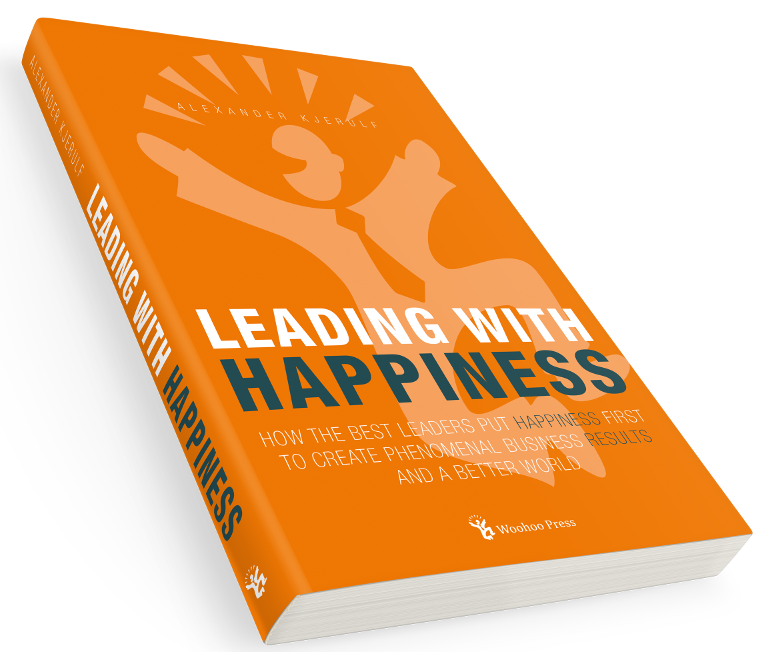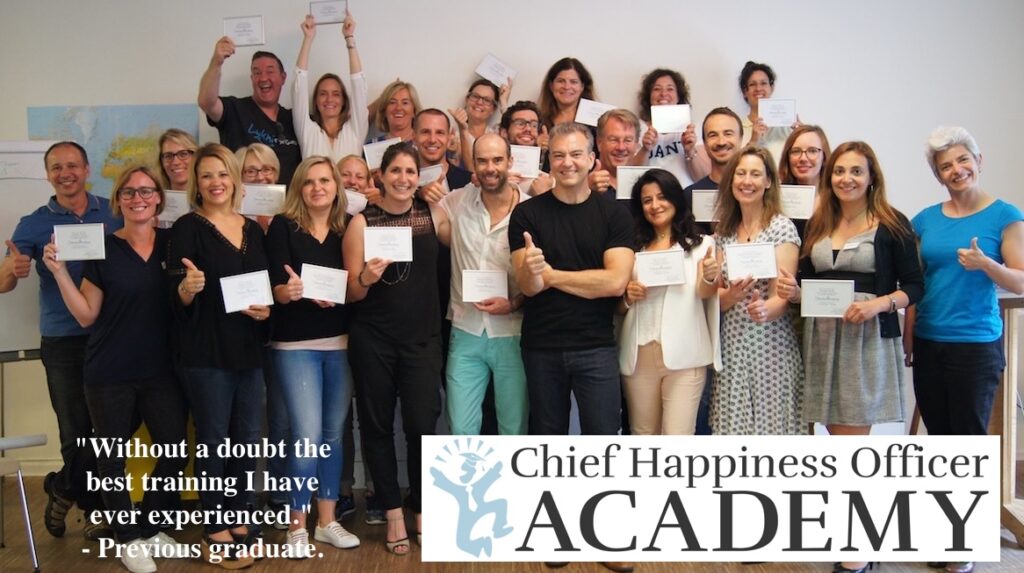This book is about the fears that we all have in our lives to some degree. Fear of failing. Fear of succeeding. Fear of decisions. Fear of aging, of loss or of helplessness.
The books basic premise is, that your aim should not be to get rid of your fears. You should feel your fear, but not let it stop you from doing things you really want to do.
The book describes three levels of fear. The first level is the actual event that you fear – say losing you job. The second level is the deeper fear, triggered by the first level – eg. rejection (if being fired would make you feel rejected). Beneath that on the third level there’s only one fear: The fear that you won’t be able to cope. If you knew in advance that you could take it, there would be nothing to be afraid of. So all fear reduces to fear of not being able to cope.
This is interesting, because this means that the best way to handle your fear, isn’t to make your life safer – it’s to increase your abilities, or your faith in your abilities. The more you know you can handle, the less reason there is to fear.
This point is illustrated with several stories of people who have diminished their lives time and again, to keep safe. This doesn’t reduce fear, quite the contrary, these people lived in perpetual fear. When some catastrophic event interfered with their reduced existence (say the death of a spouse), some of these people found that they were forced to reconnect with life, and that they could cope. And this reduced their fear.
The book also emphasizes positivity as a way to reduce fear. The book argues that you need to constantly train your positive thinking, or you’ll revert to negative thinking.
There’s also an excellent chapter on decision making, which argues that many of us see a decision making process mostly in the light of what we’ll lose or risk in each alternative before us. To reduce the fear (or discomfort) of making a decision, we should realize that all options are good, and that no mater what we choose, it’s still up to us to make it work.
The book contains many illustrative stories and exercises you can try yourself. I found it informative, entertaining and thought-provoking, and I recommend this book to anyone interested in the mechanisms that hold people back from growth and change.



Leave a Reply